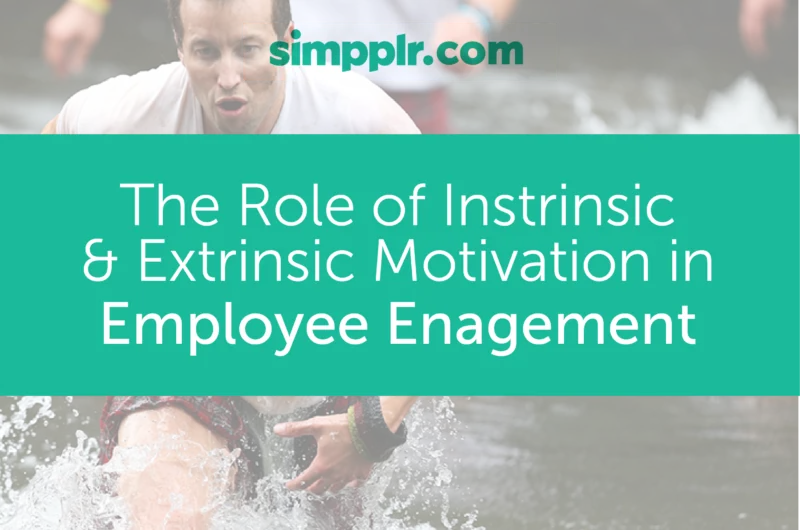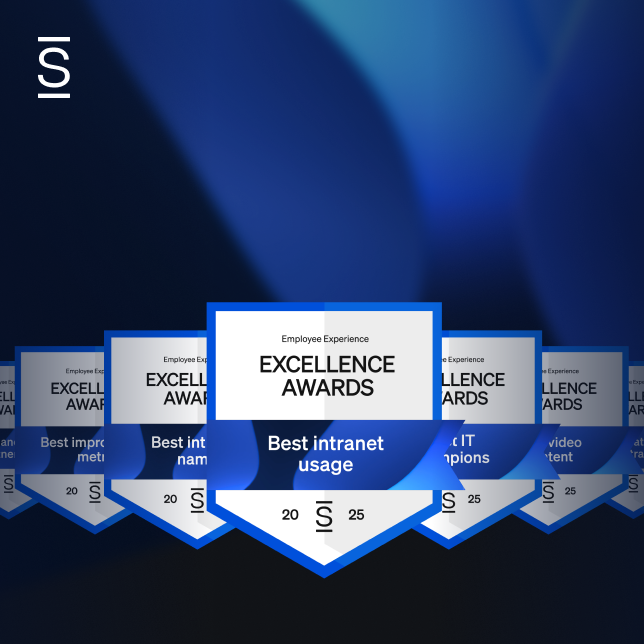When the link between employee engagement, retention rates, and increased employee productivity was discovered, business leaders made increasing engagement levels a priority. After all, a highly engaged workforce leads to healthy bottom-line profits, which benefits the organization’s stakeholders. Though great strides have been made in understanding the layers and nuances of engagement, one area is often overlooked: the relationship between intrinsic motivation, extrinsic motivation and engagement levels.
A Closer Look at Motivation
New research published in the Journal of Industrial and Organizational Psychology examines the relationship between motivation and engagement closely, with unexpected results. While many companies understand the importance of employee engagement and have devoted significant resources to engagement programs, they may not be getting the best possible return on that investment. The study shows that the strongest predictor of engagement is internal motivation. However, the most common methods of engaging employees rely on external motivation.
Motivation differs from engagement in a critical way. While engagement levels measure whether employees have a connection to the company, motivation examines why the connections are — or are not — present.
Internal motivation is the extent to which employees commit extra effort based on their own levels of personal drive. They usually pursue achievement and success for two reasons: because they are passionate about the work, and/or they feel intense pride and satisfaction when they do their job well.
External motivation is the extent to which employees put in extra effort due to outside influences. External motivators can be rewards or punishment. For example, employees might work harder to earn an incentive check or to avoid the consequences of disappointing a manager.
While businesses may be able to boost engagement levels temporarily by creating new and interesting external motivators, the progress is not sustainable long-term. The only way to sustain high engagement levels is through investing in programs that spark internal motivation and increase employee productivity.

Why Programs Based on External Motivation Don’t Work
Though the carrot-and-stick method of management has been a tradition for generations, reward and punishment is just a short-term solution for most workers. It isn’t possible to provide rewards for every task that is done well. When good performance is closely linked with rewards, extrinsically motivated employees won’t take on extra responsibility unless they can see a payoff. This dramatically limits discretionary effort — a strong indicator of engagement levels.
Fear of negative consequences won’t sustain long-term engagement either. While employees might work harder in the short term to avoid punishment, their engagement levels tend to be critically low. Burnout is all too common, and turnover is inevitable.
Investing in Effective Solutions for Increased Engagement
The most effective employee engagement strategies focus on encouraging intrinsic motivation. Programs are designed to spark employees’ passion and creativity, giving them the satisfaction of a job well-done. Some methods that are proven winners include the following:
- Building Relationships — Making connections with coworkers and managers creates an environment that naturally promotes intrinsic motivation and improves employee experience. When employees like and respect their colleagues, they are glad to go above and beyond, because they feel good about supporting members of the team through a job well-done.
- End-to-End Responsibility — Though specialization has advocates among efficiency experts, it is hard for employees to be passionate about doing the same task over and over again each day. Instead, give them start-to-finish responsibility for clients, projects or products, so they feel a sense of ownership and pride in the finished result.
- Purpose — Understanding how each person’s work fits together to build a business can dramatically change employees’ perspectives. Instead of assuming their small contributions are just a drop in the bucket, staff members become passionate about their jobs when shown how their work is a critical factor in reaching company goals.
Changing the focus of engagement programs from external motivation to internal motivation can transform your organization. Instead of constantly chasing short-term gains in engagement and productivity, the company will benefit from strong, consistent, sustained engagement levels as well as improved employee communications.















